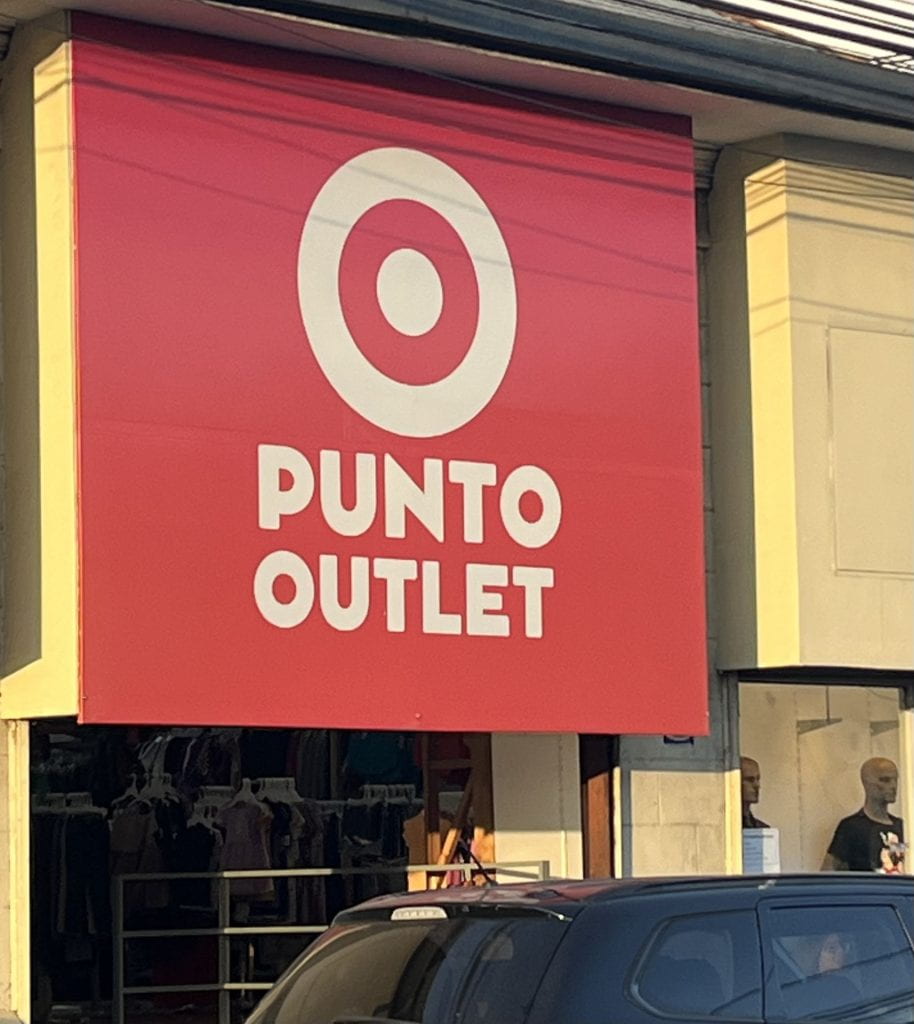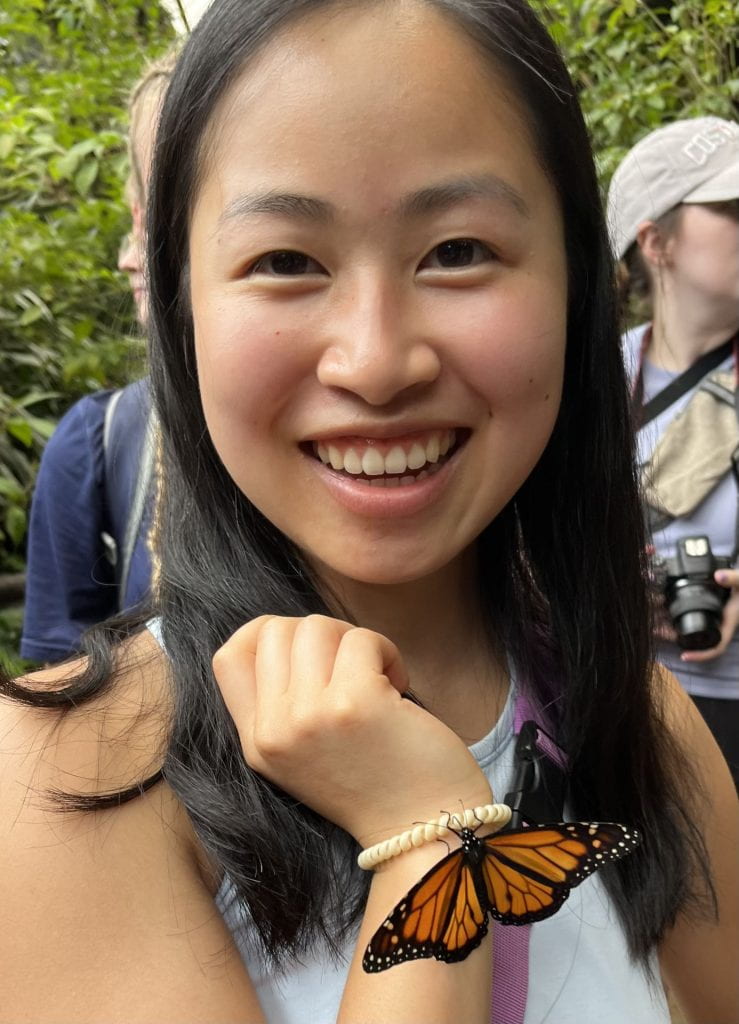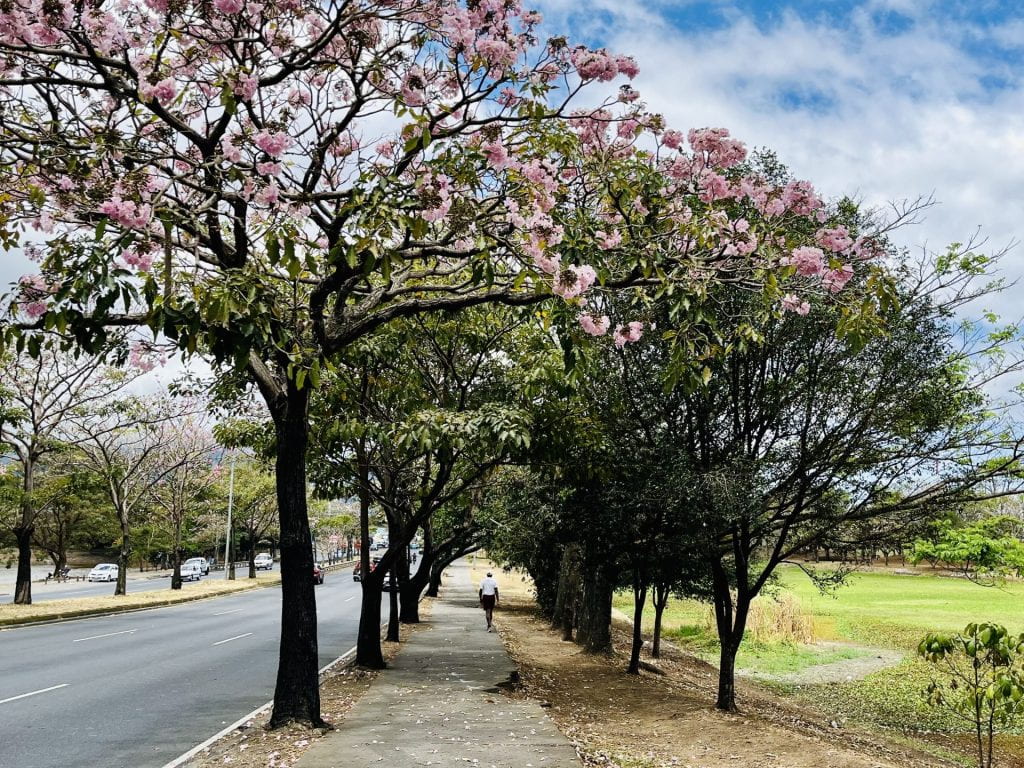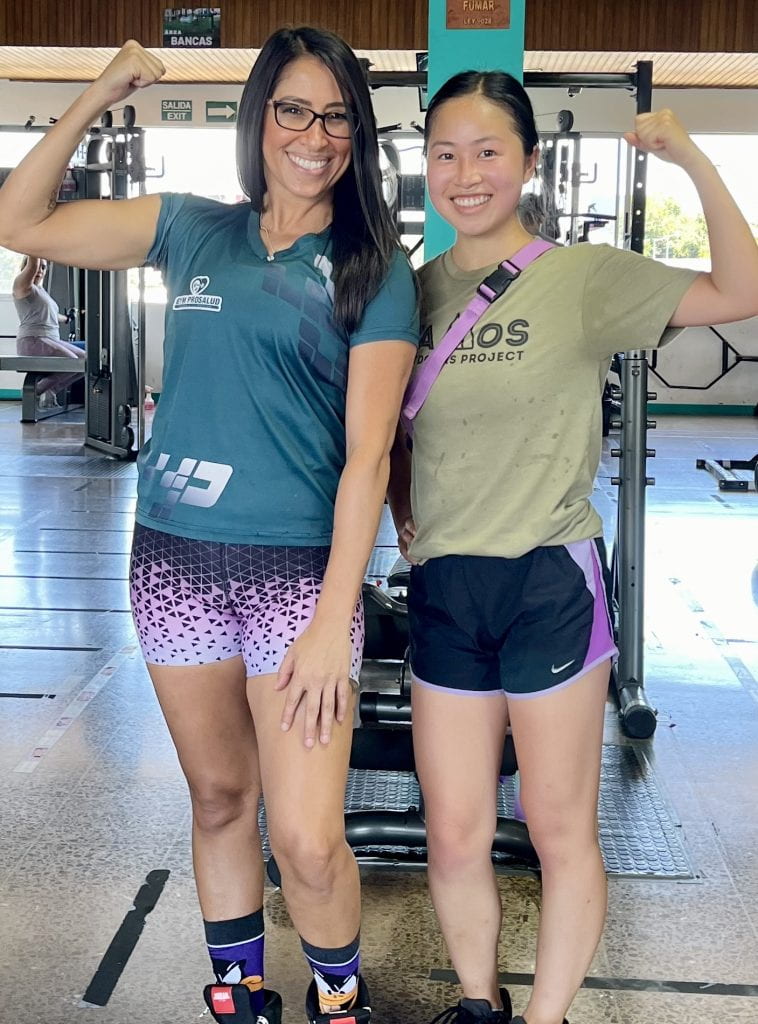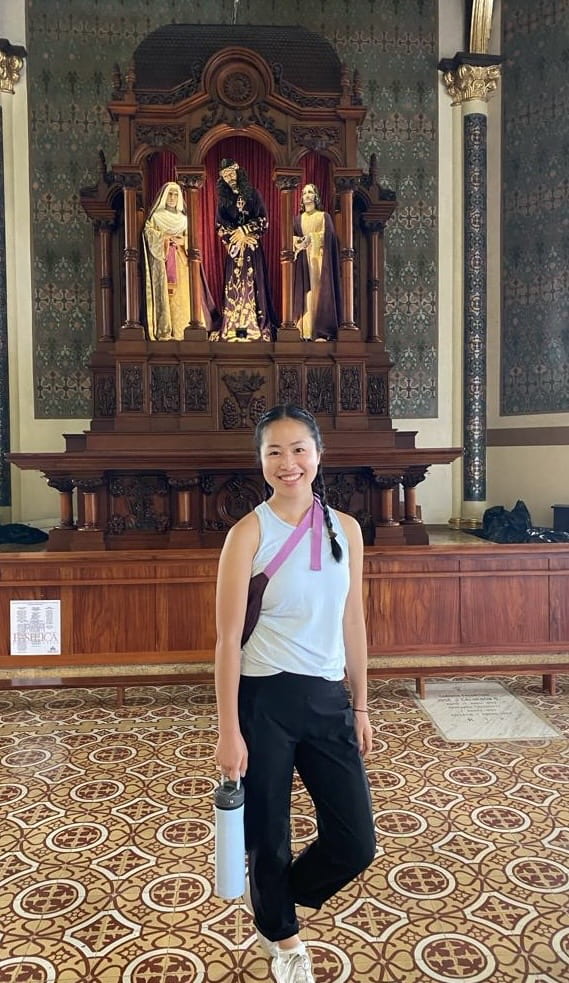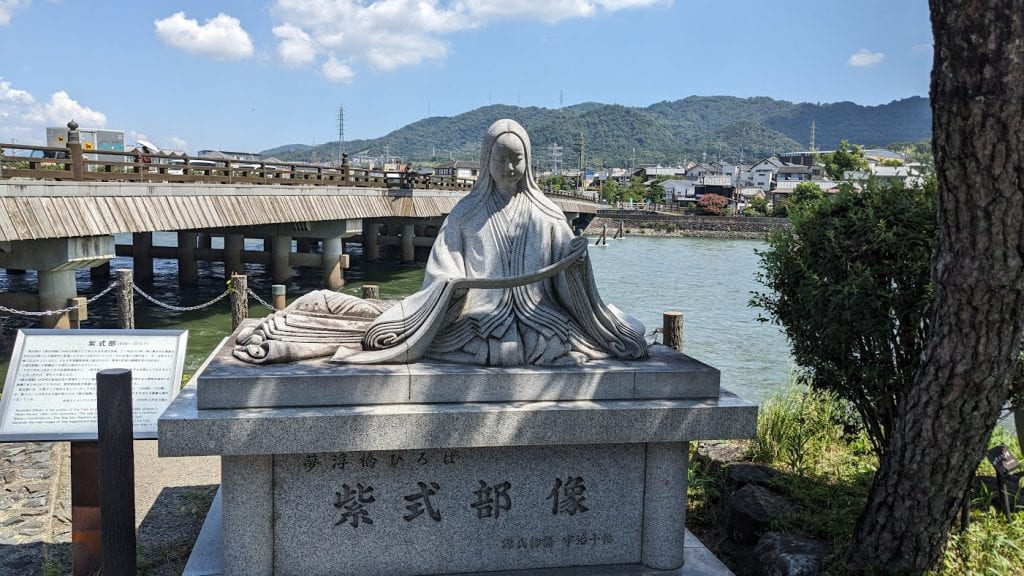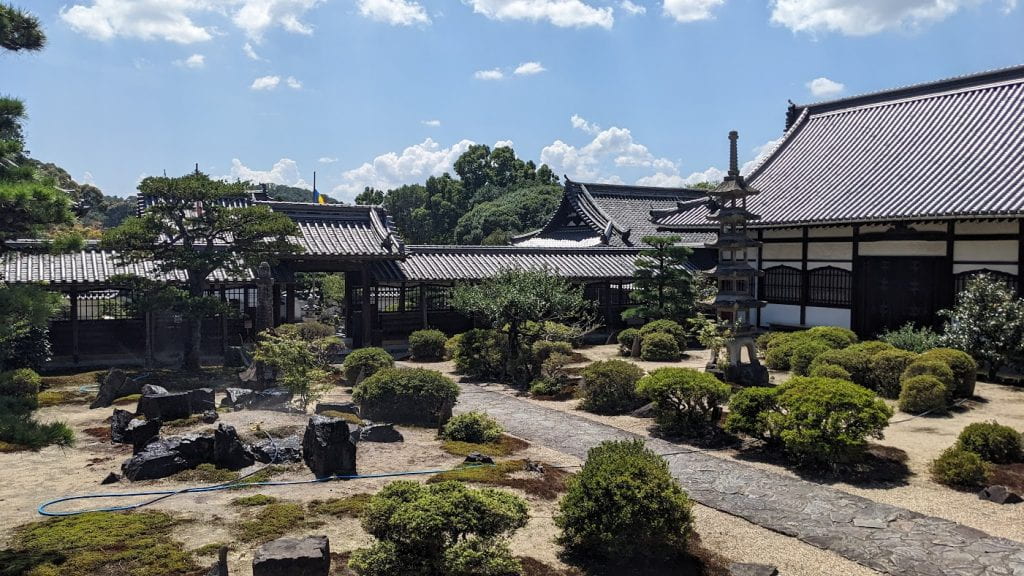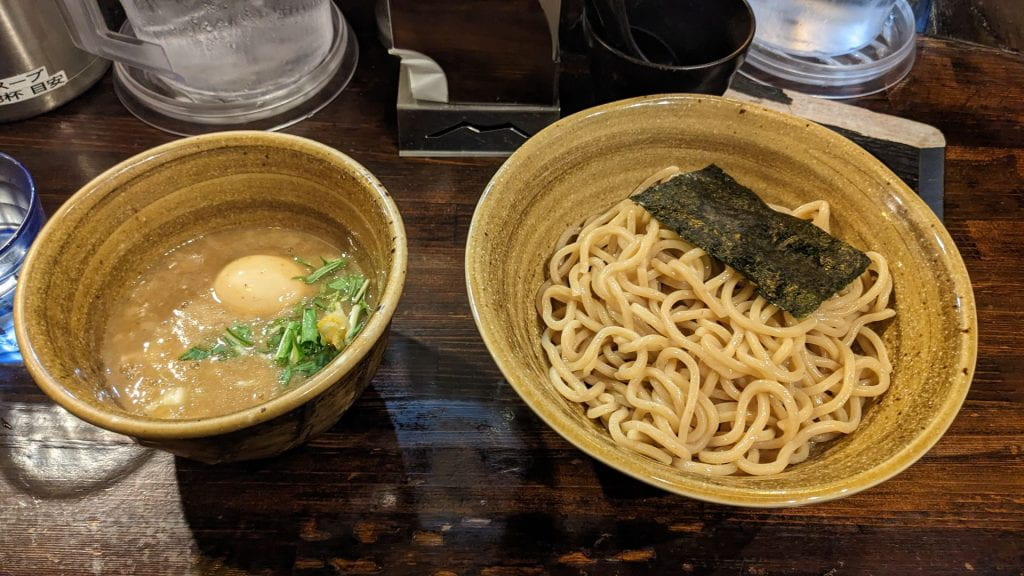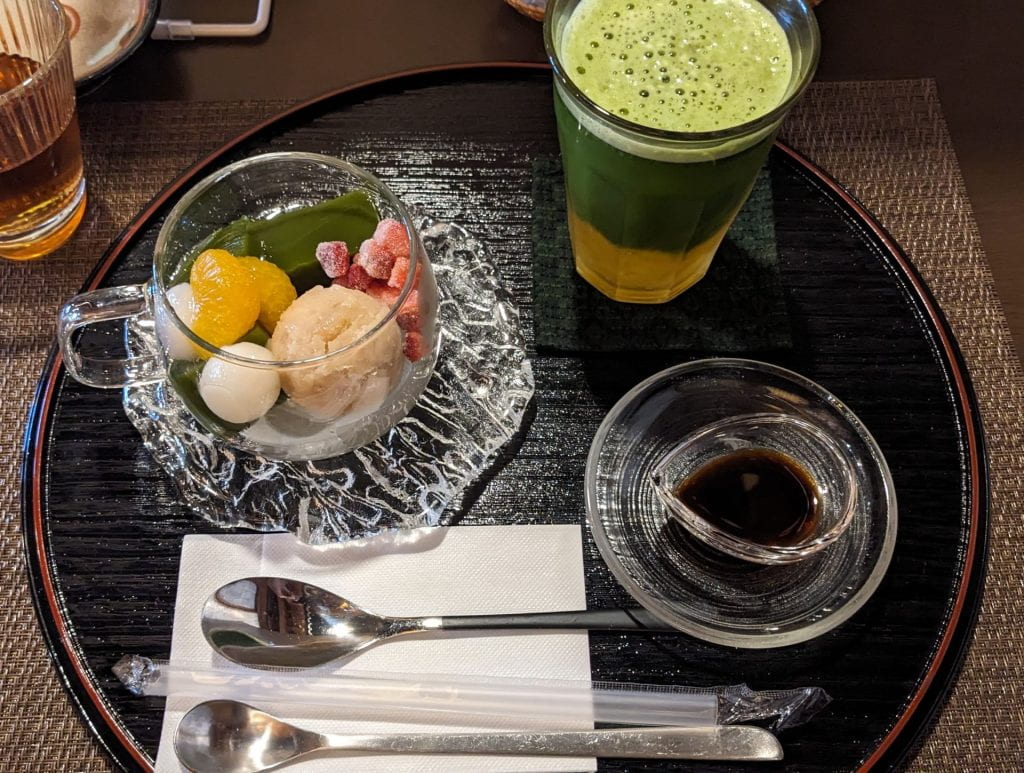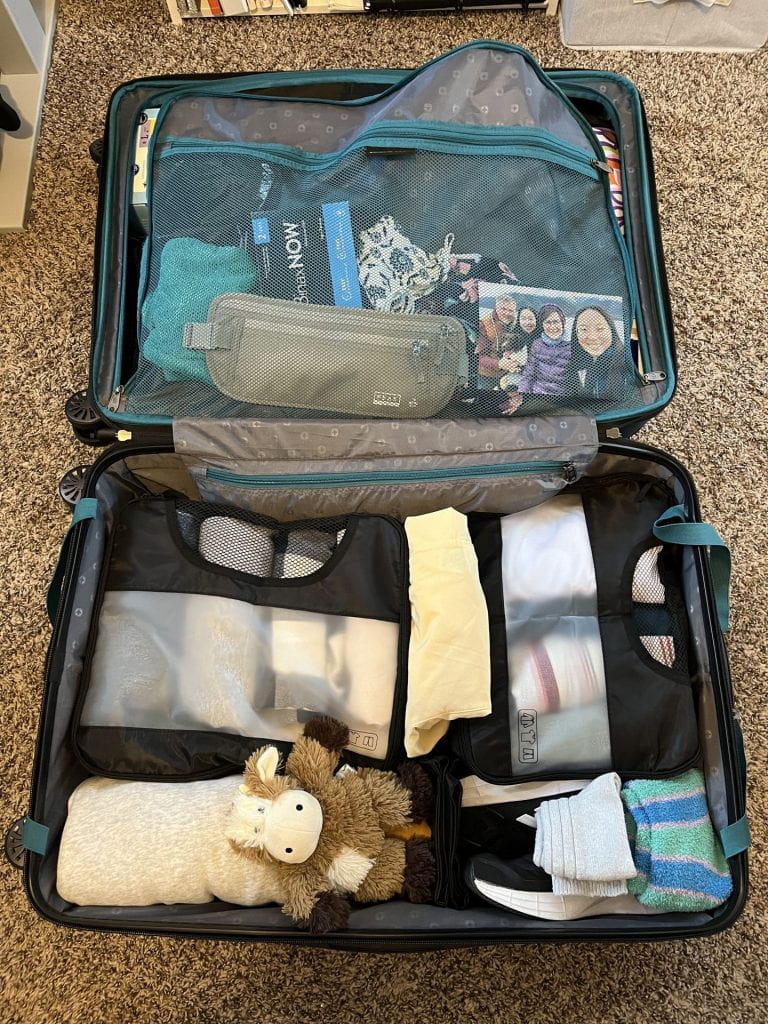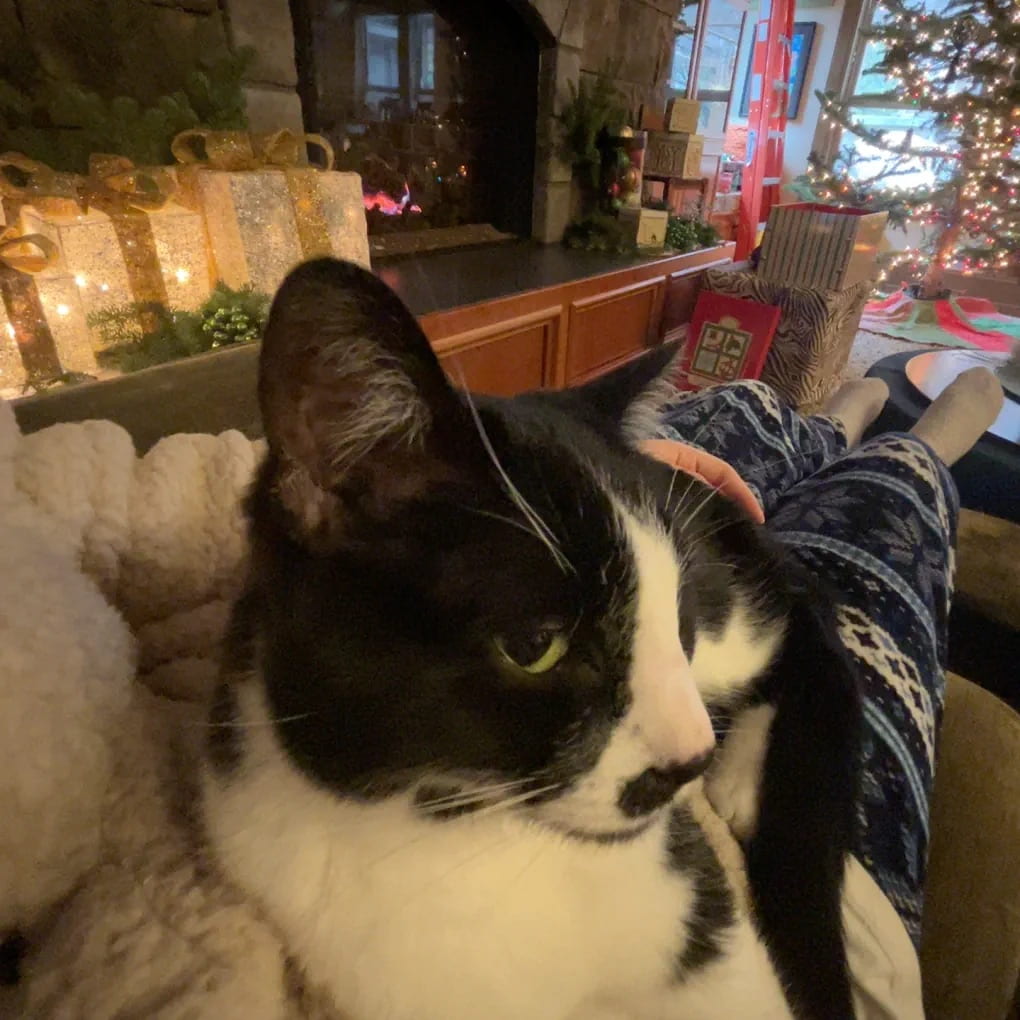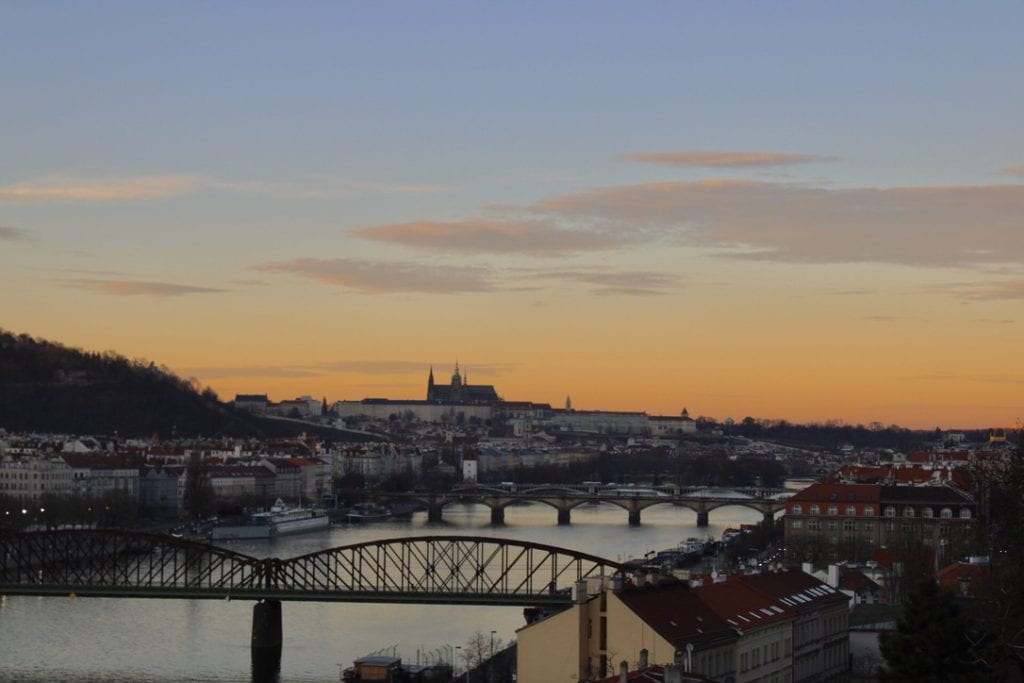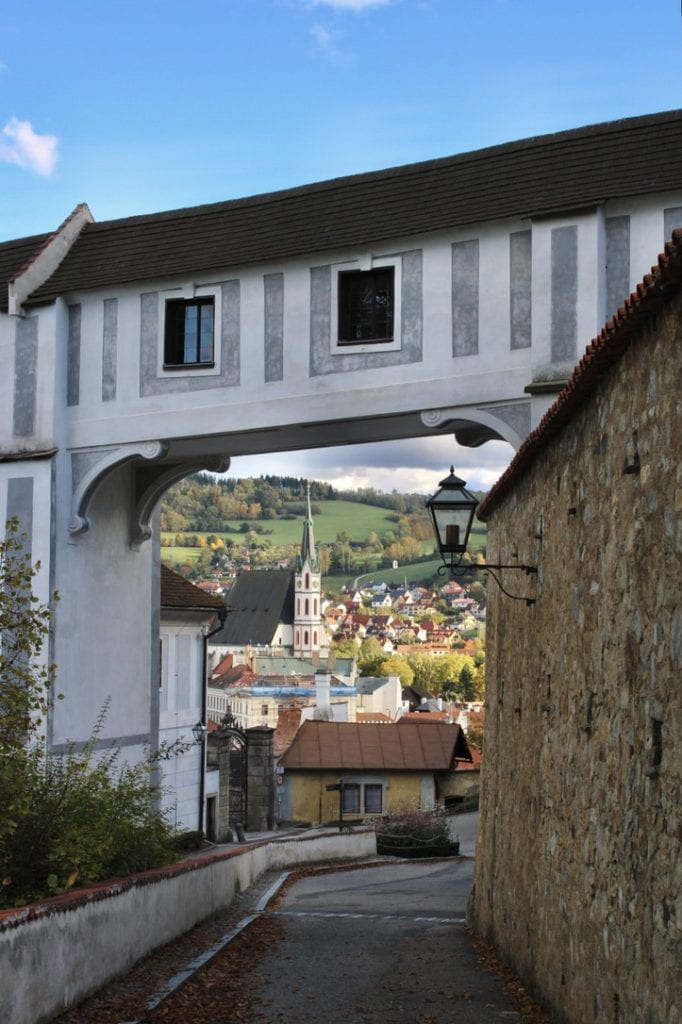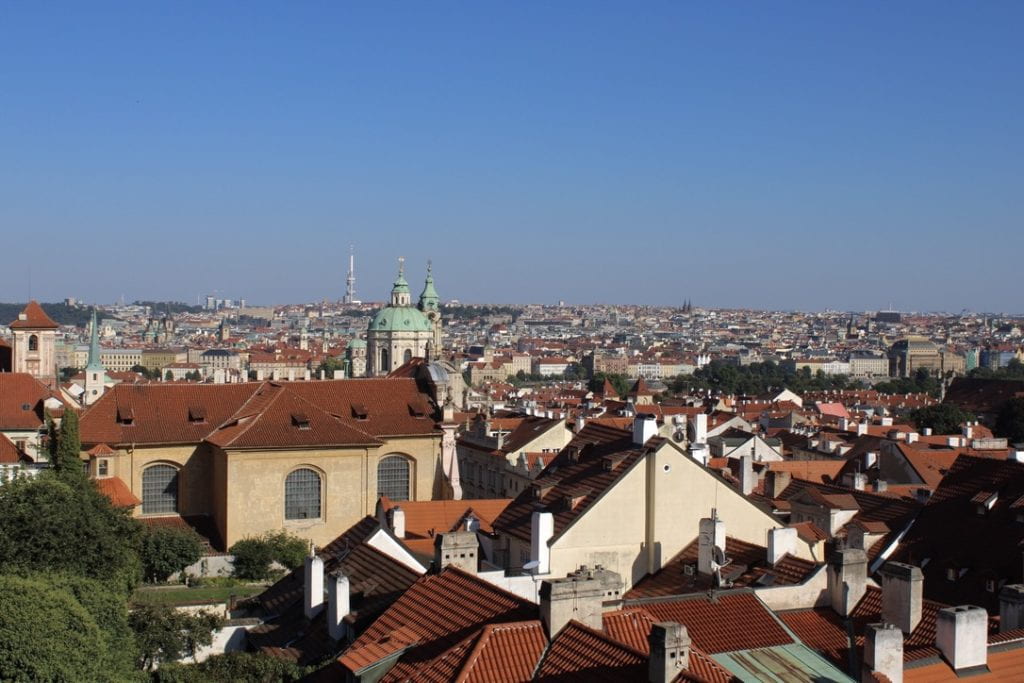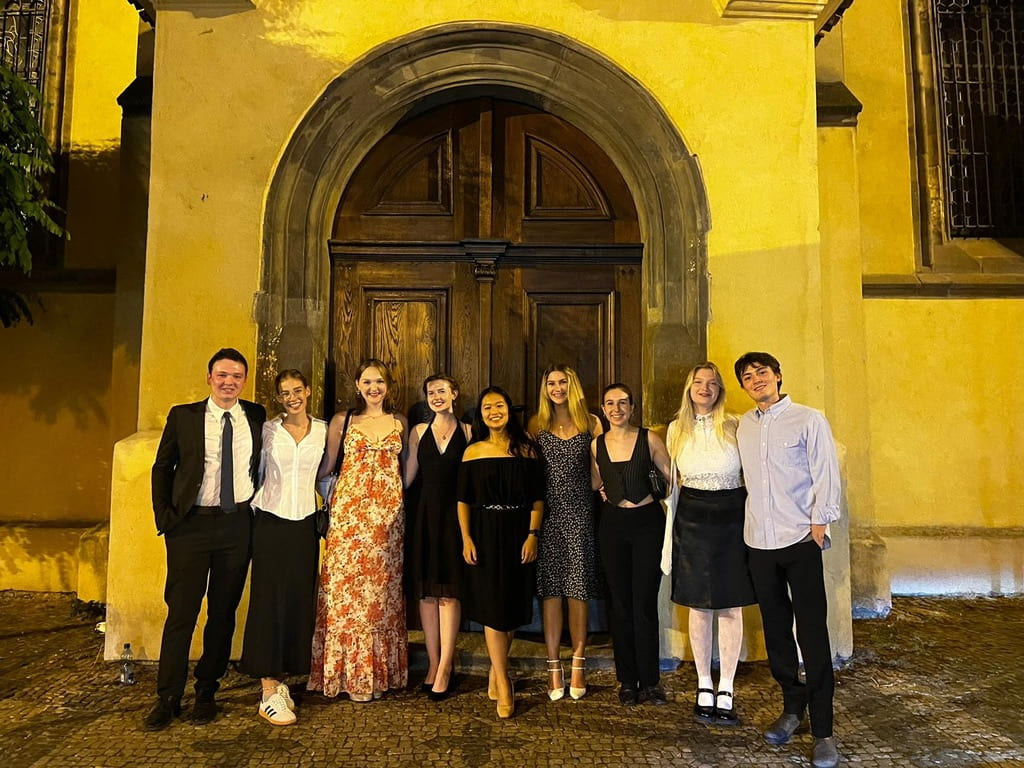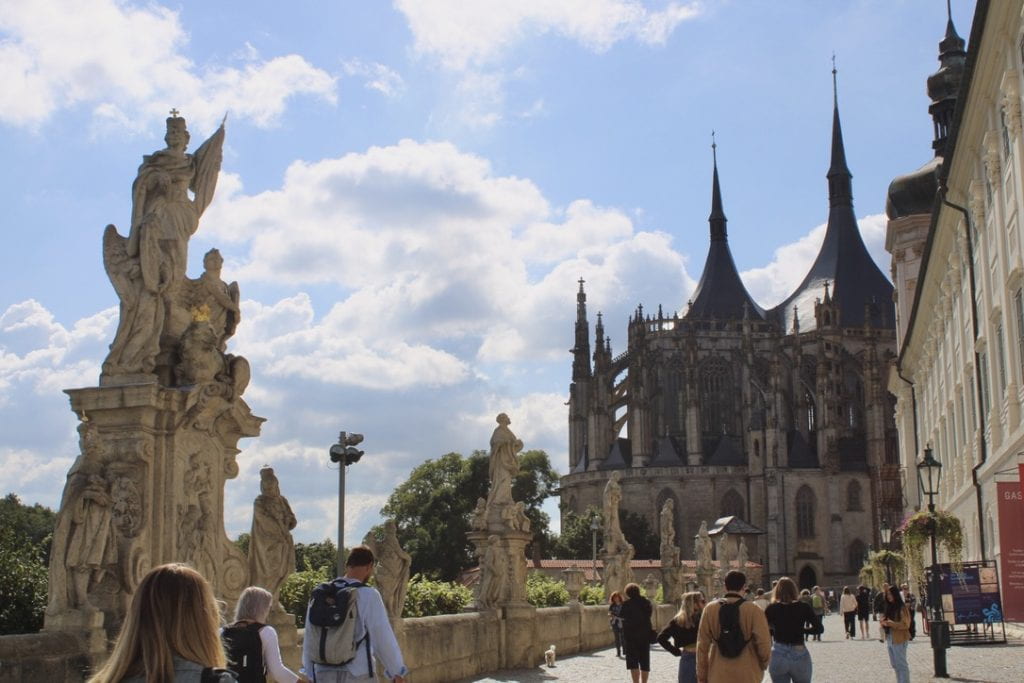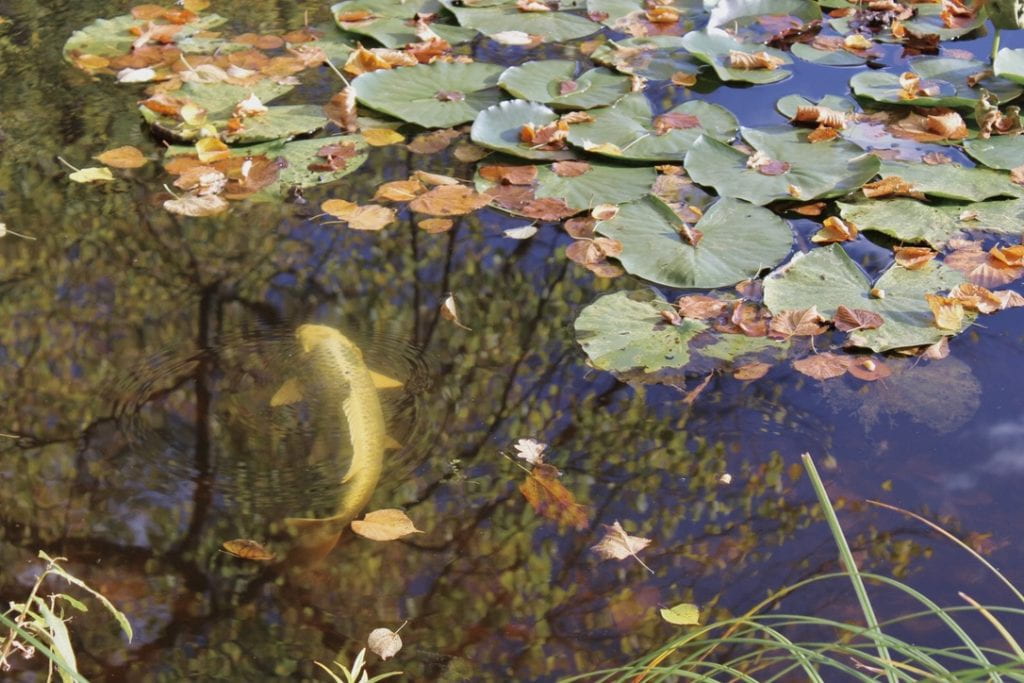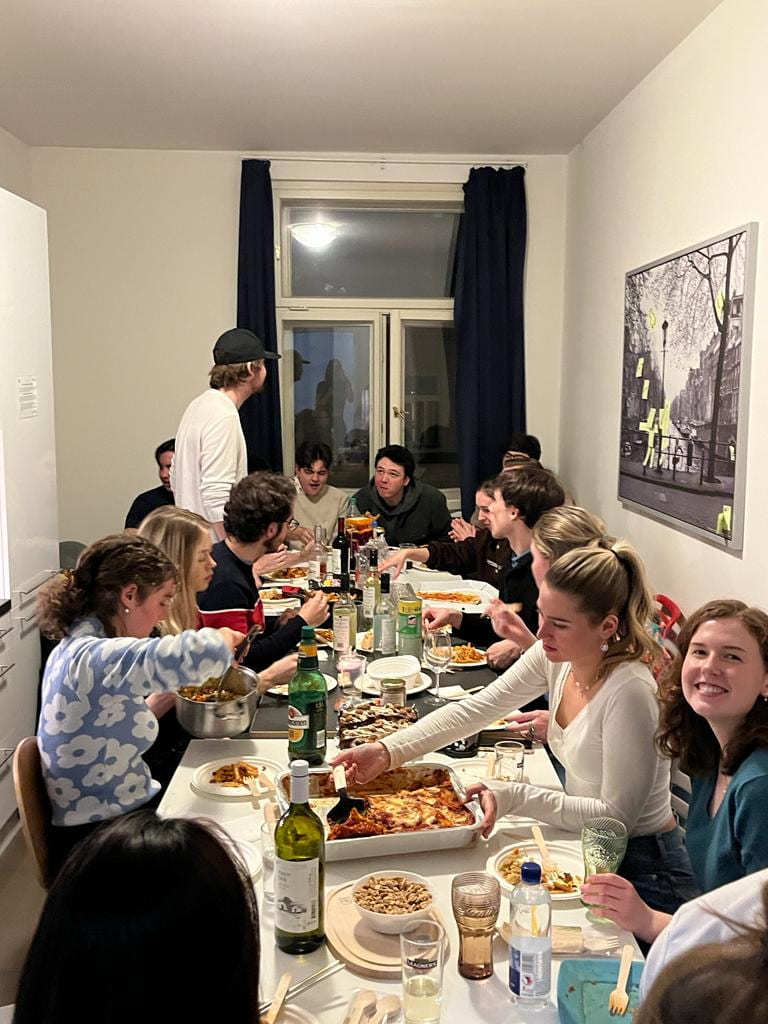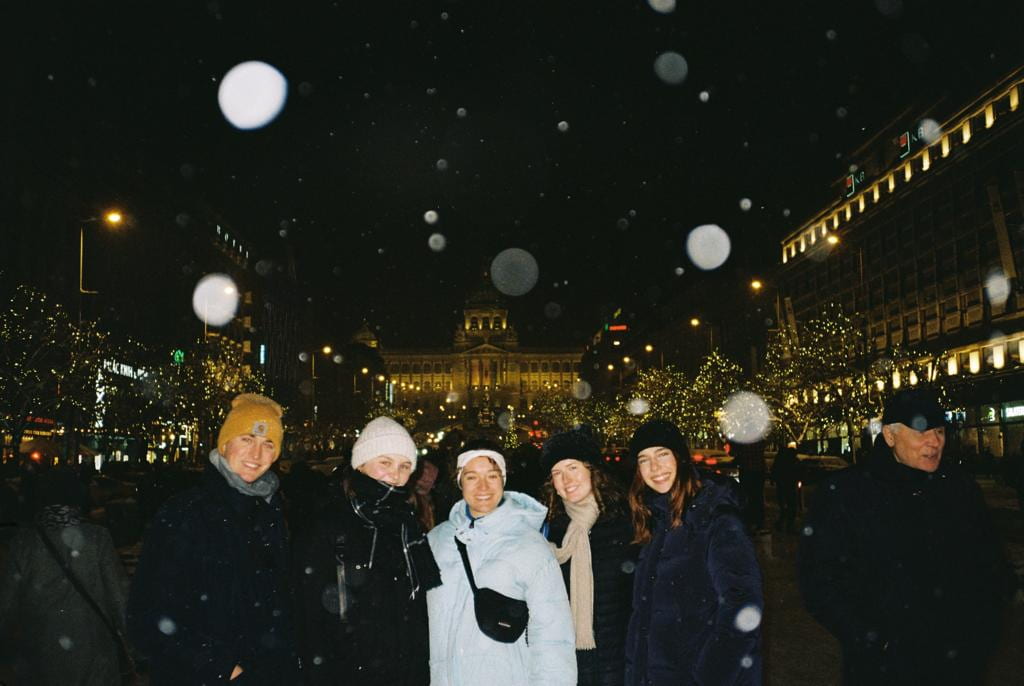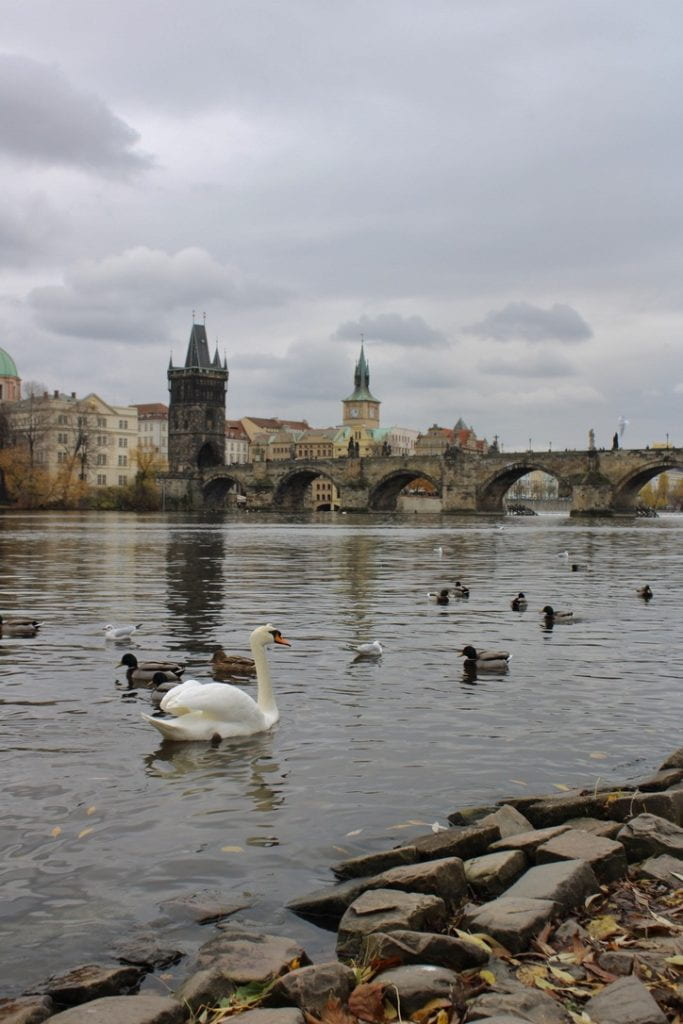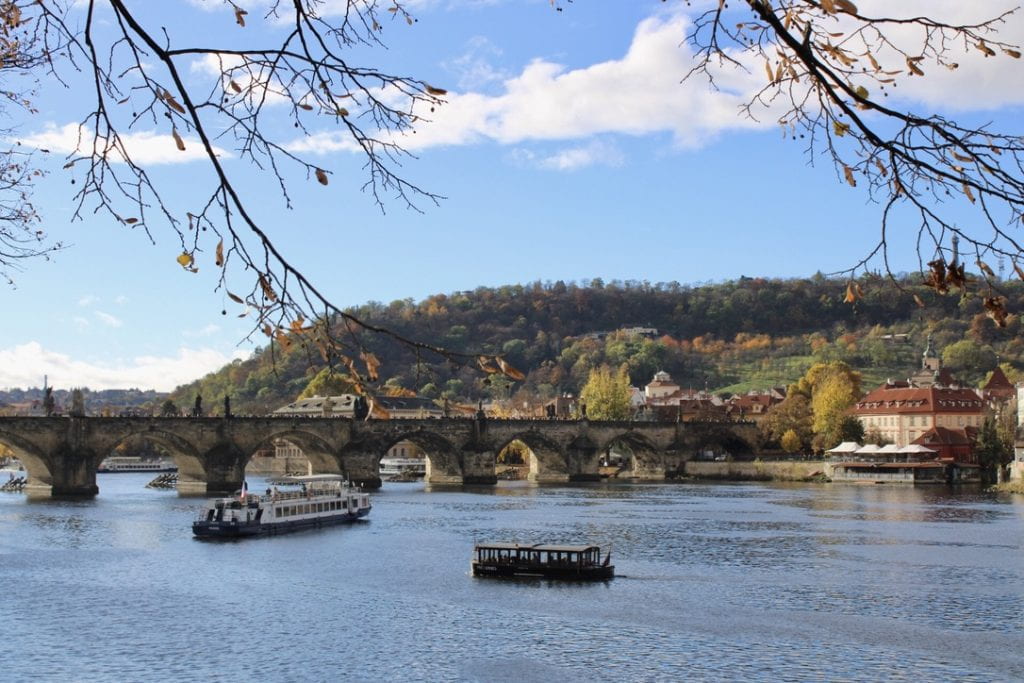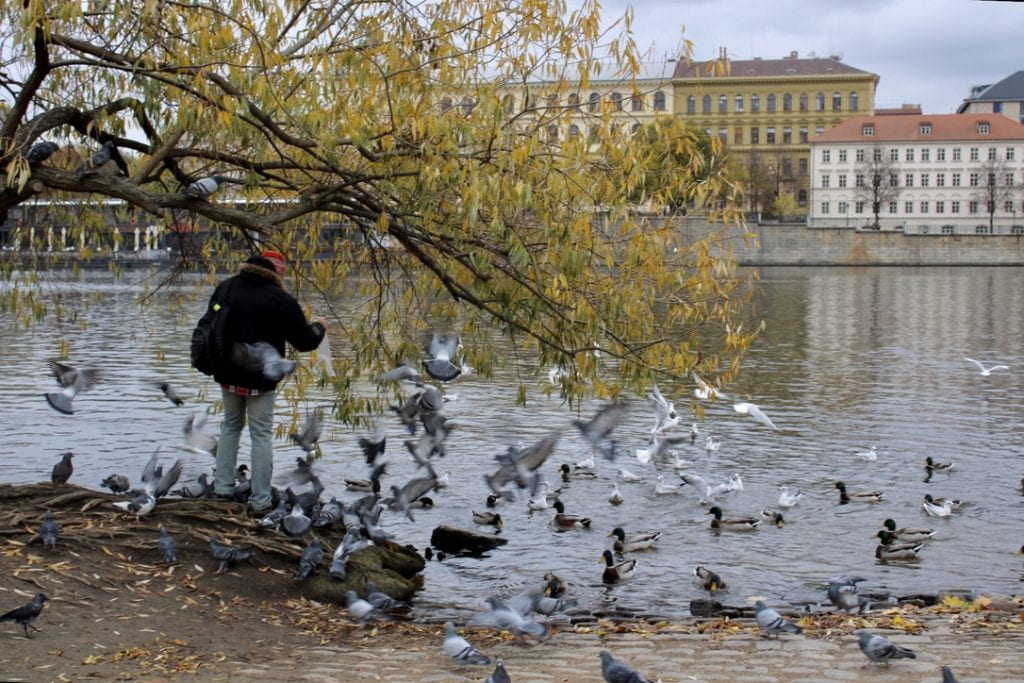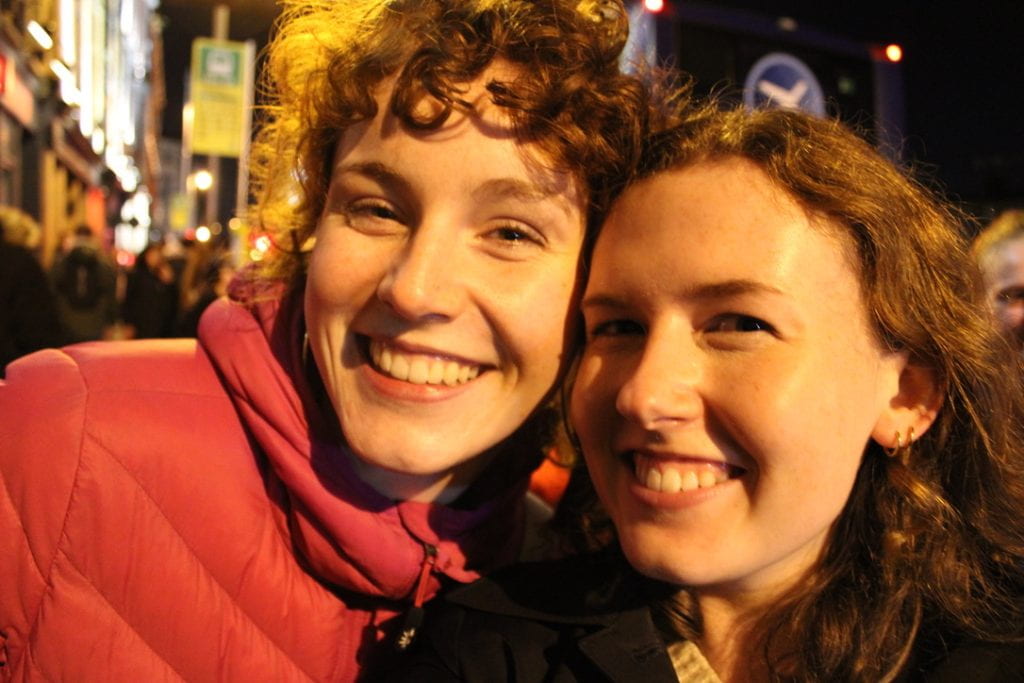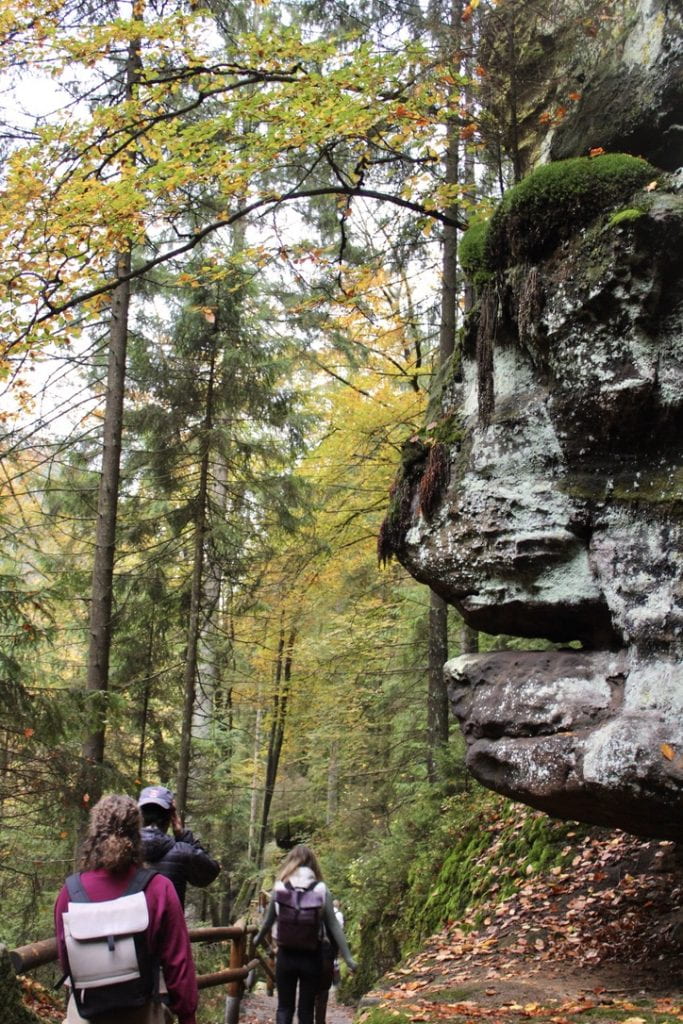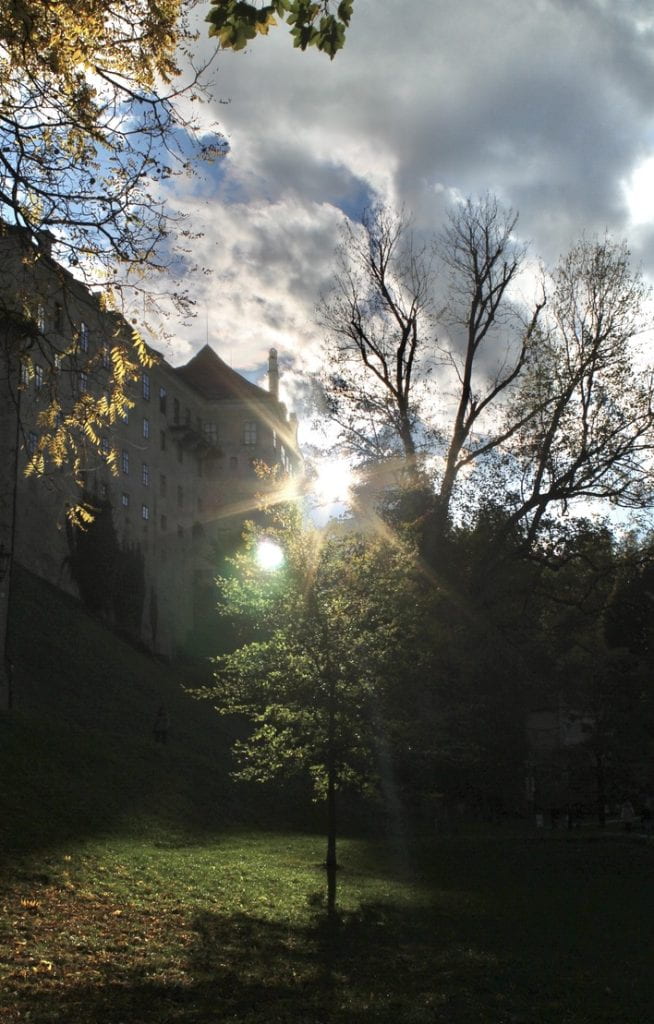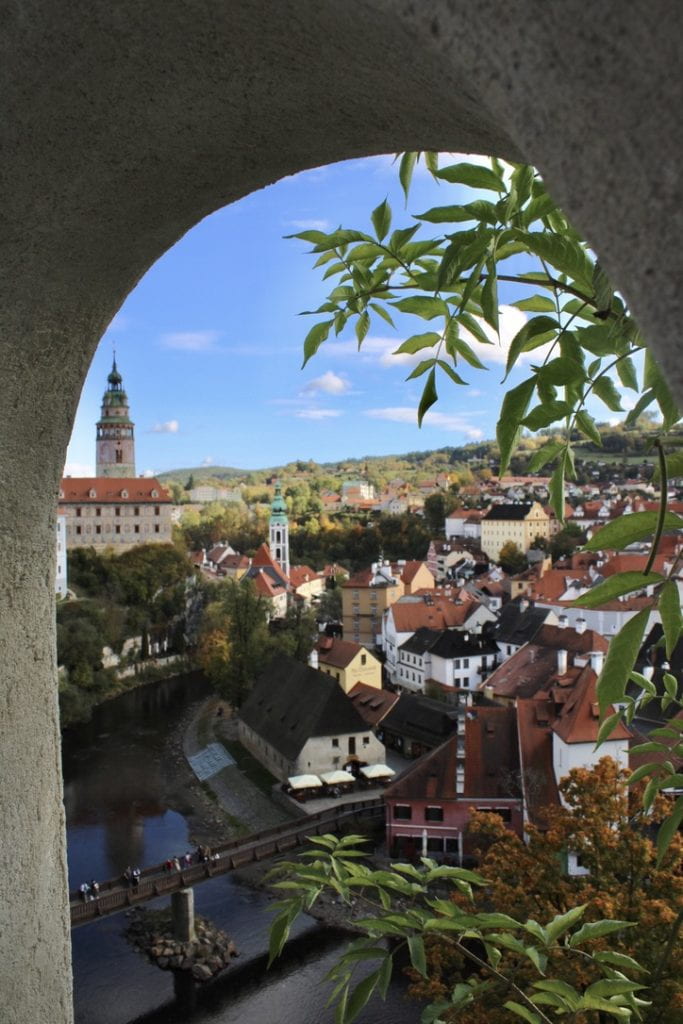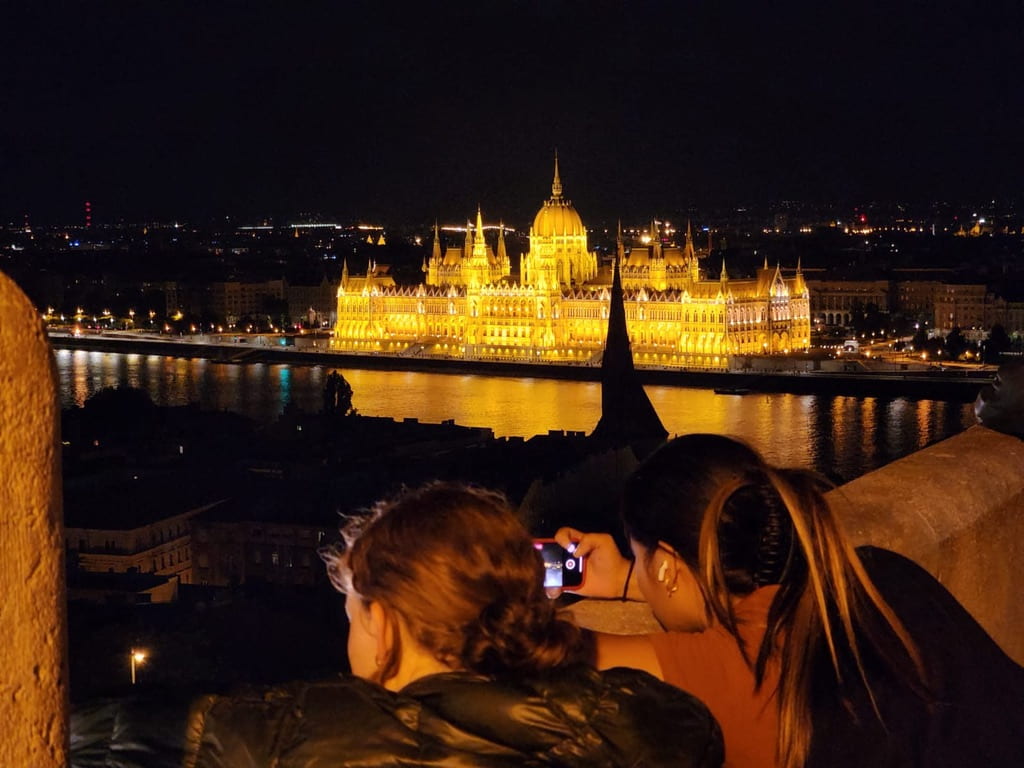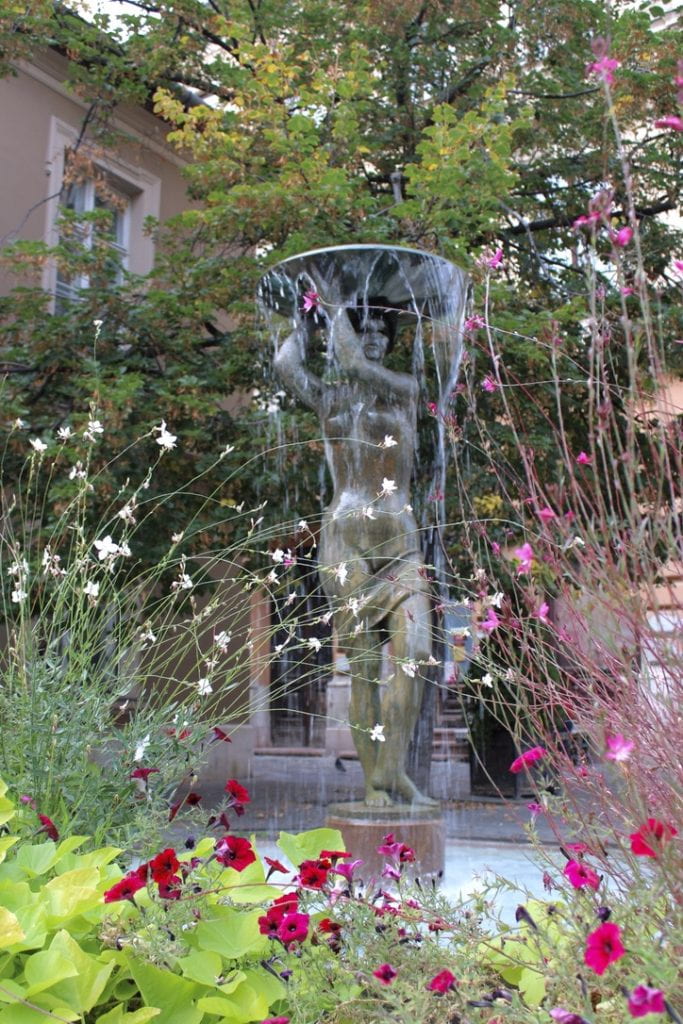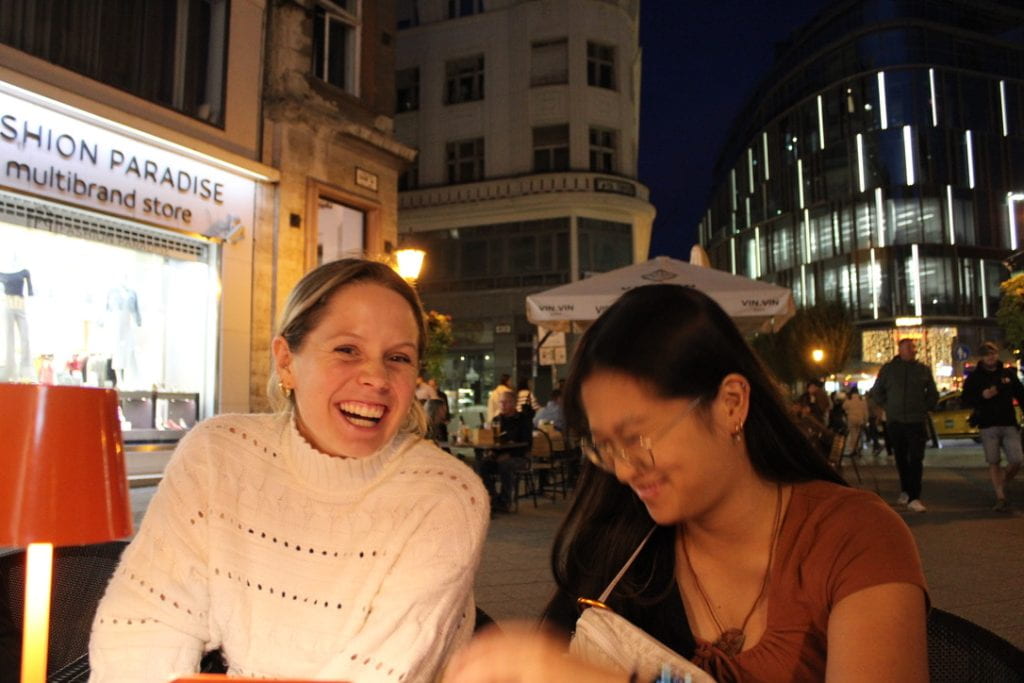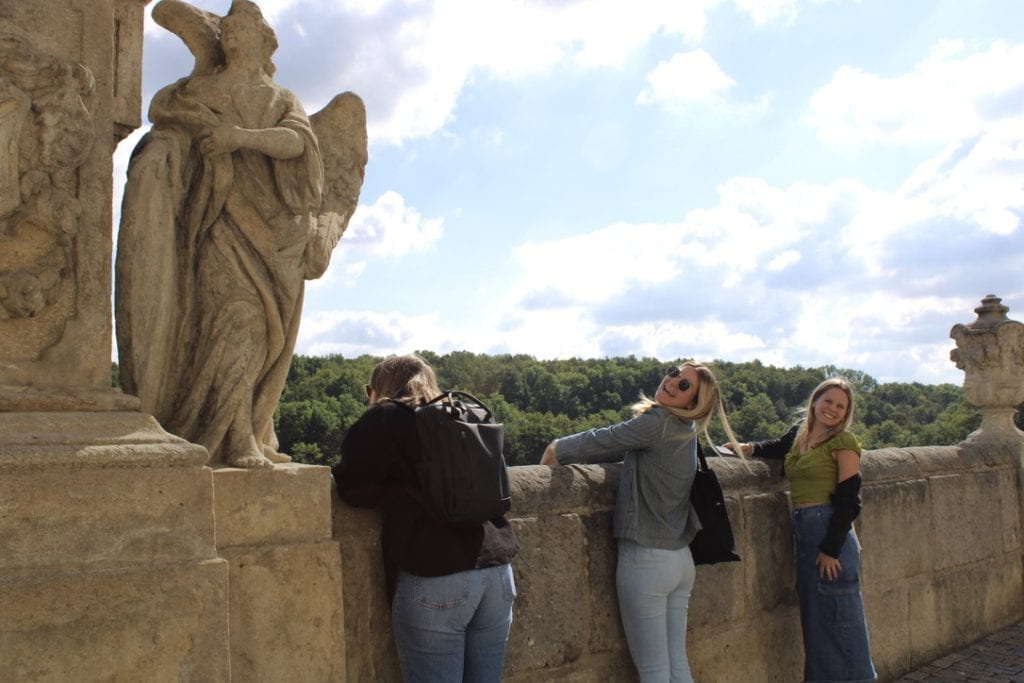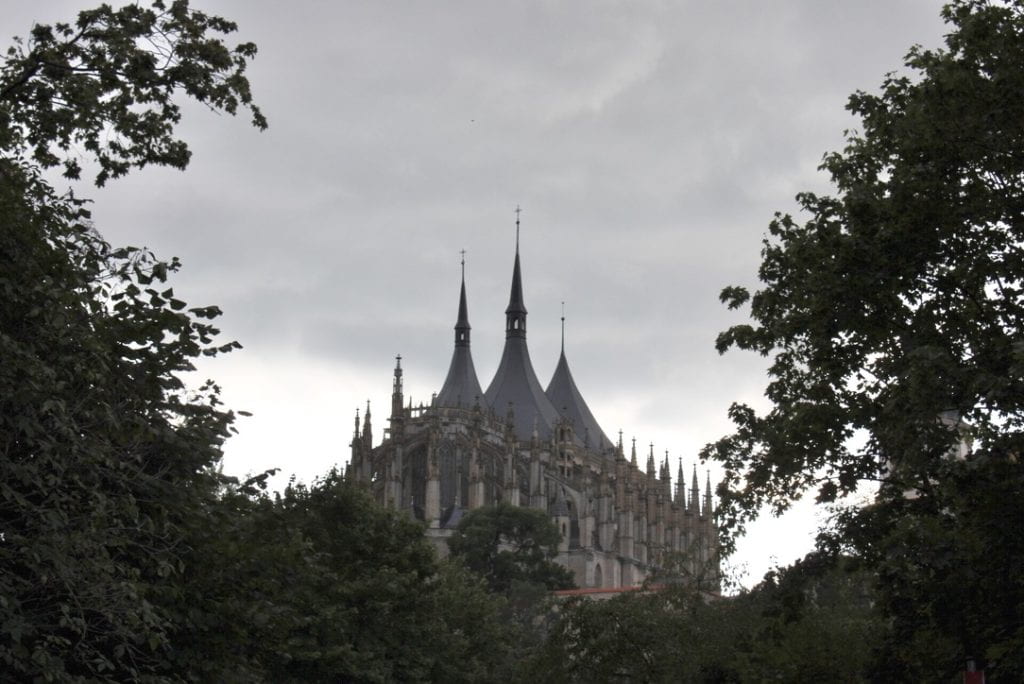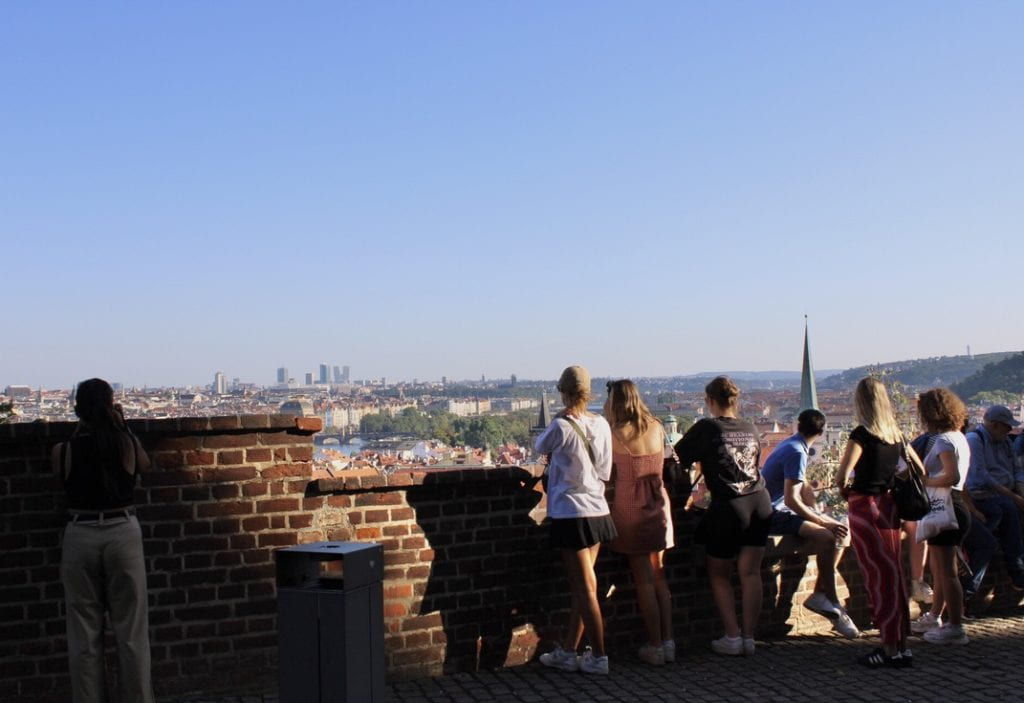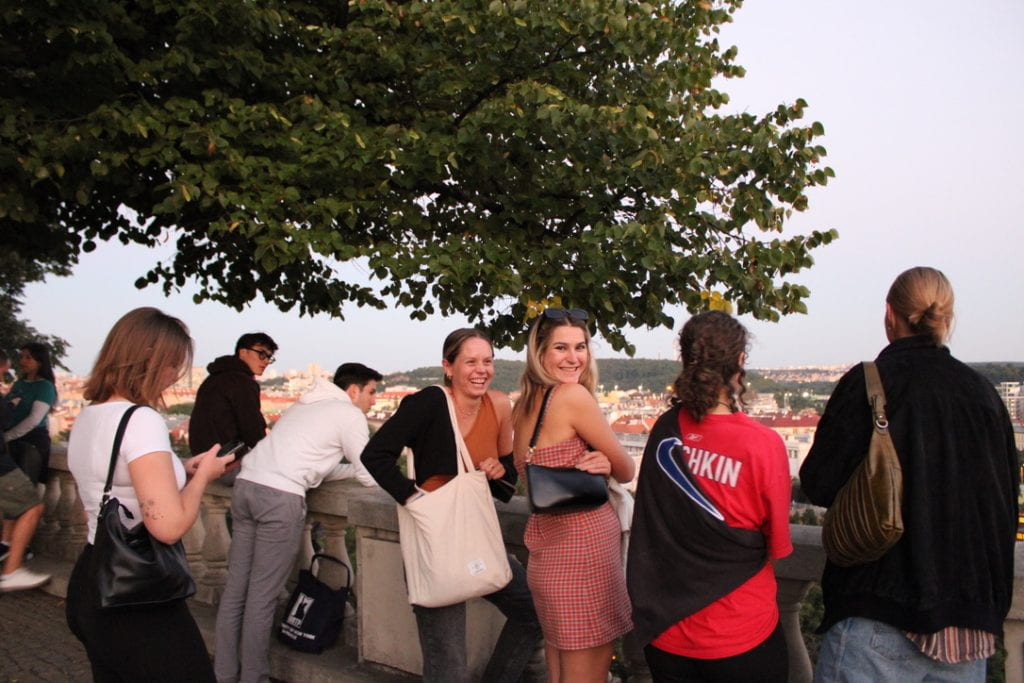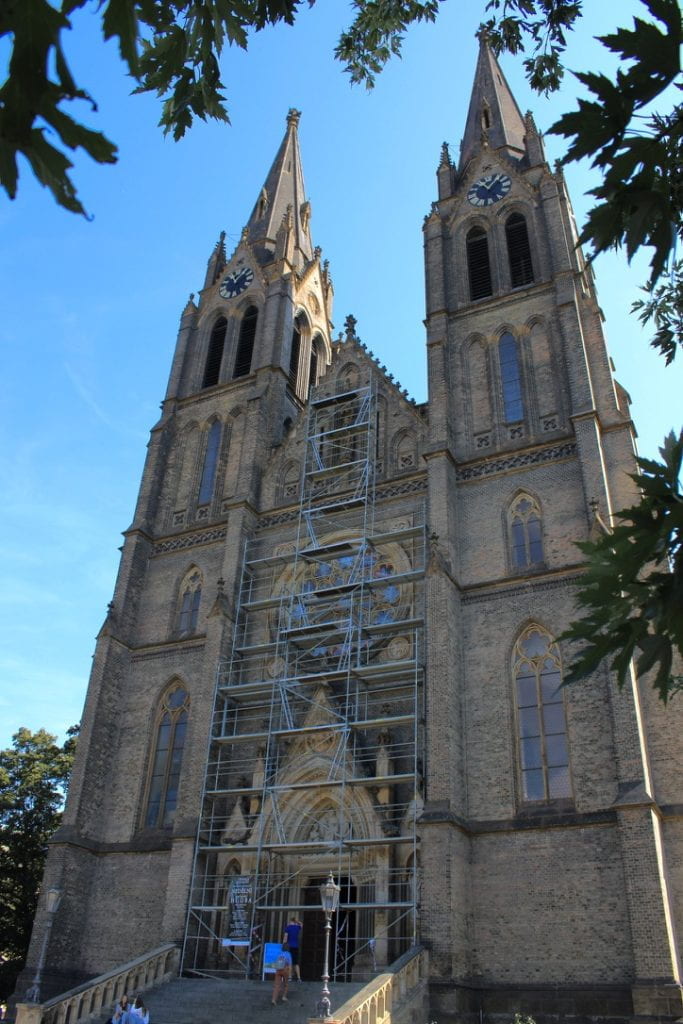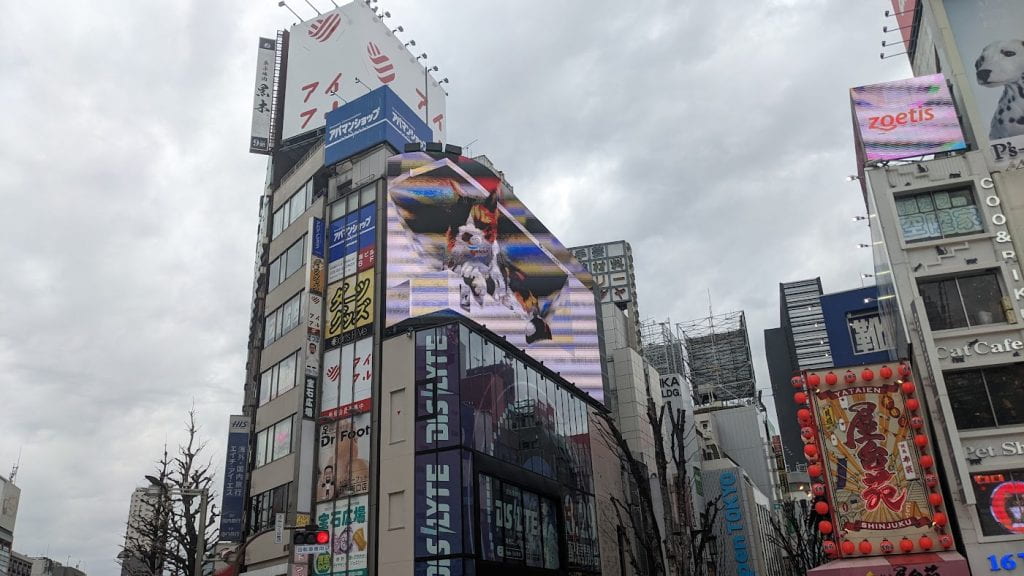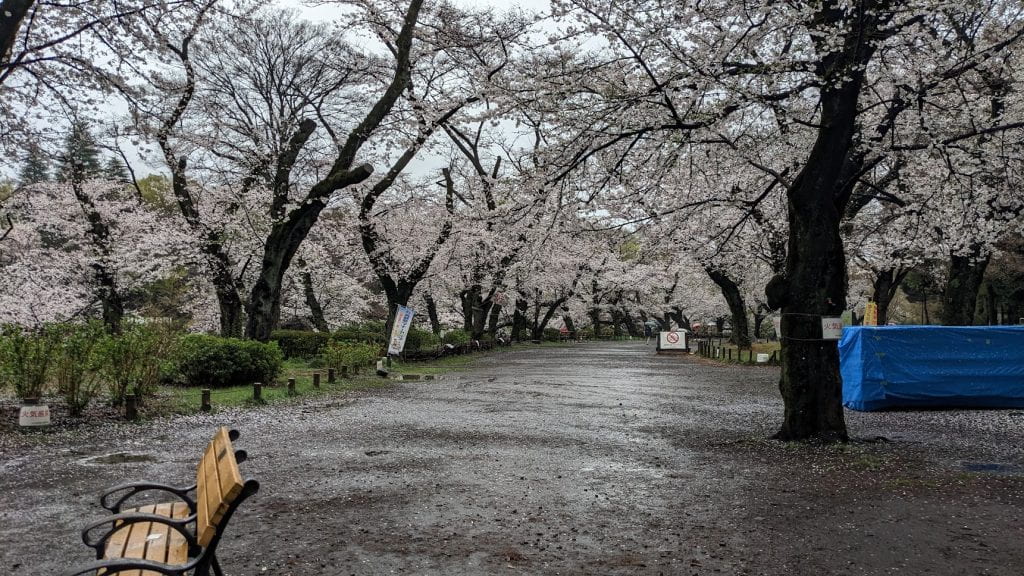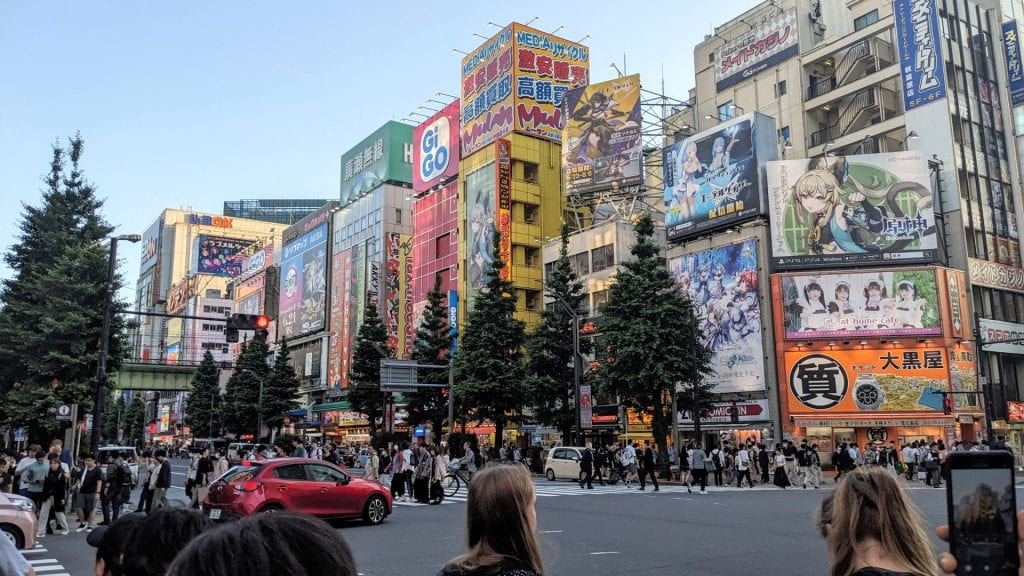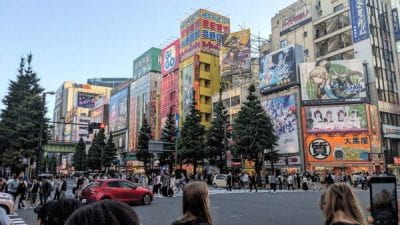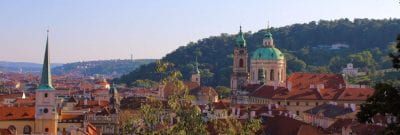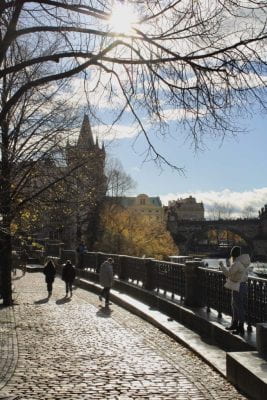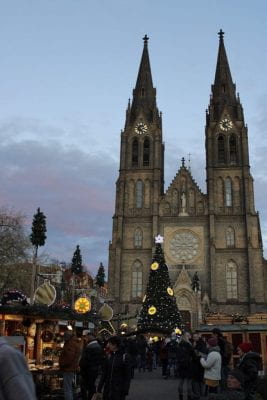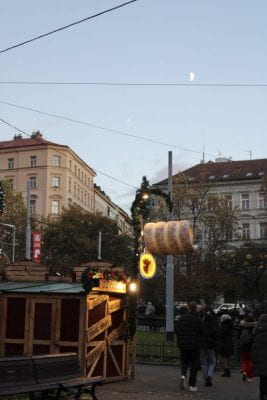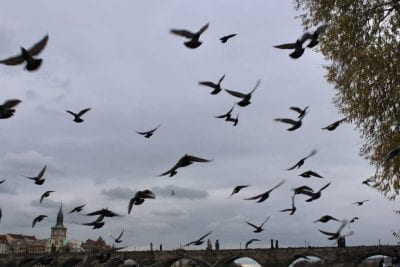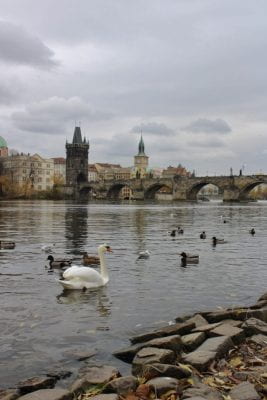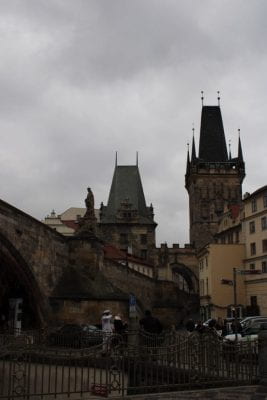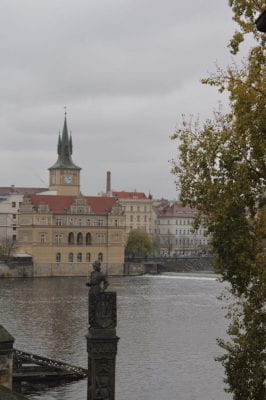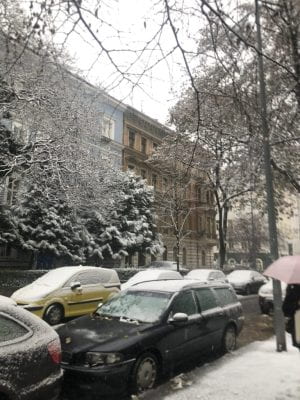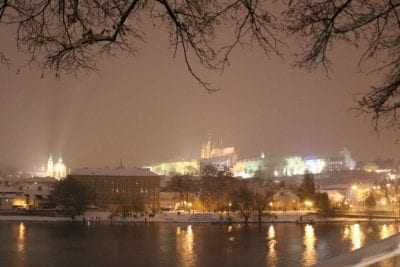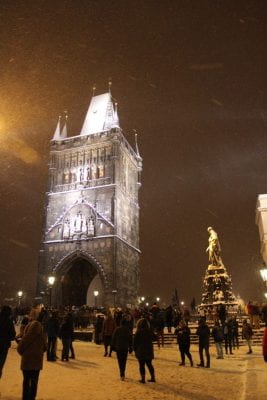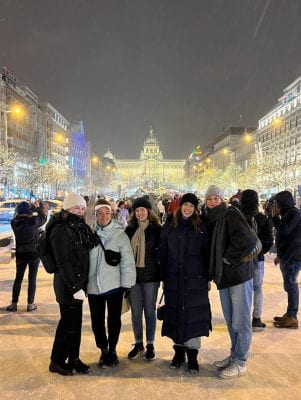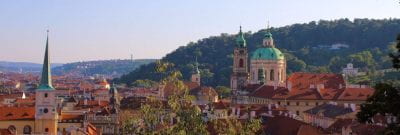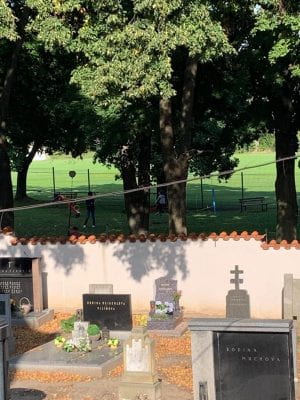South Korea
Posted by DACEYN on
I’ve been studying abroad for just under eight months now and it has been both relatively normal, and a wild ride. I think what has surprised me the most was how comfortable I’ve been being here. Something about going to classes like normal has been a comforting sense of normalcy. Traveling around South Korea is still a sense of anxiety for me, but when exploring with other people, it has been very fun!! There is so much to see and visit here and even though I’ve been here for so long, I almost can’t choose where I want to go because it’s hard to decide.
My two major trips were months apart and were rather different but were both amazing in their own ways. The first was during Chuseok in September where I went to Seoul with a few friends and on a weekend in March, visiting the Boseong Tea Fields and Yulpo Beach.
The trip to Seoul was planned by my roommate and us plus two others went to Seoul together. We took a long bus from Gwangju to Seoul and dropped out things off at the guesthouse before heading back out. We walked around Myeong-dong and went to the top of Namsan Tower the first day, which was beautiful!! The cable car ride was gorgeous; looking out over the city and trees with while the sun was just starting to set made it brilliant.
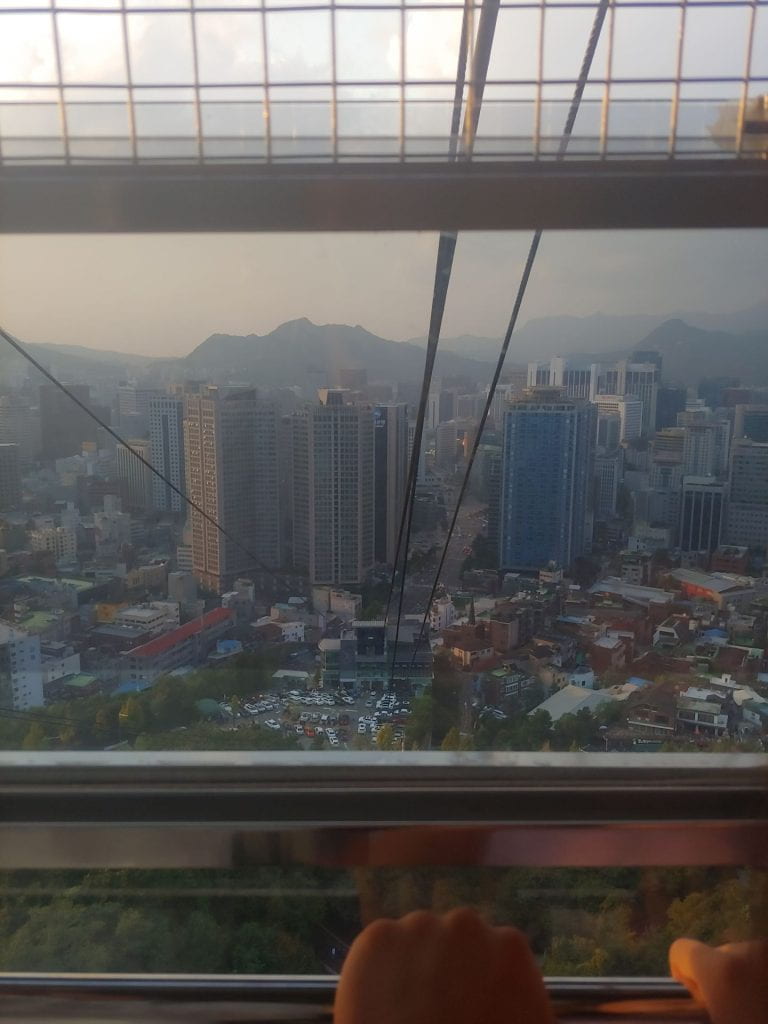
This is the view that I had while in the cable car as we went up. It was crowded since they put as many people as possible into the car at one time, but it was still fun to look out the sides as we ascended.
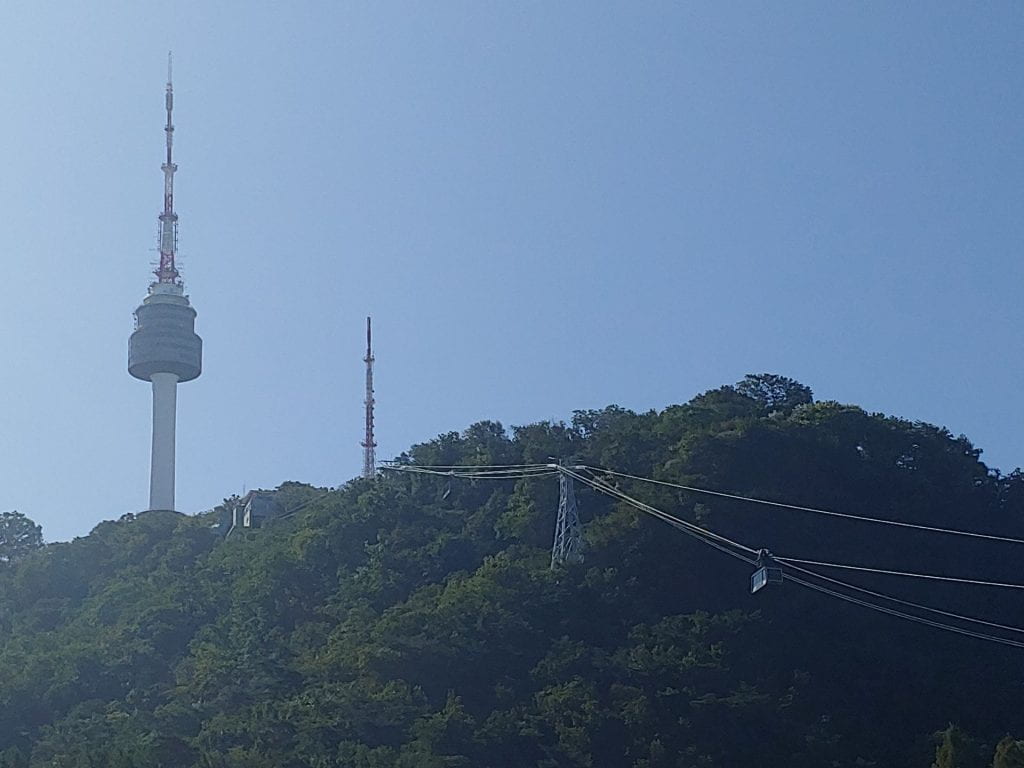
The above photos are views of the cable car and ridgeline to Namsan Tower, Seoul from one of the many look-out points, and a room that we walked through before getting to the very top of the tower. Once up there, you can look out over the city, buy little souvenirs, or even buy and have the employees send a postcard to family or friends.
Our second day was a jampacked day of history. We first visited one of the several Hanok villages in Seoul. I can’t remember which one we specifically visited just that it was relatively close to where we were staying in Myeong-dong. It was really interesting seeing the traditional houses and reading about who lived there. You could tell what status the former resident was based on the furniture inside, but because it was Chuseok, there were activities going on in some of the buildings so we couldn’t see much. It was still fun to walk around and explore!! There was a forested area with wide pathways and the occasional seating area behind the houses which was a breath of fresh air. After being in the city for a month at the point, getting to visit a place with more plant life felt really nice. There was also a giant time capsule that won’t be opened until 2394 to celebrate “Seoul 1,000 Years.”
We also went to Gyeongbokgung Palace, one of five palaces in Seoul. The complex was enormous; there was so much to see and explore. There were all kinds of walkways and gates you could go through and little corners to explore. It felt like no matter how far we walked, it just kept going. Every building was blocked off, but some were set up as they would have been when they were in use, and the opulence of them was definitely something to behold.
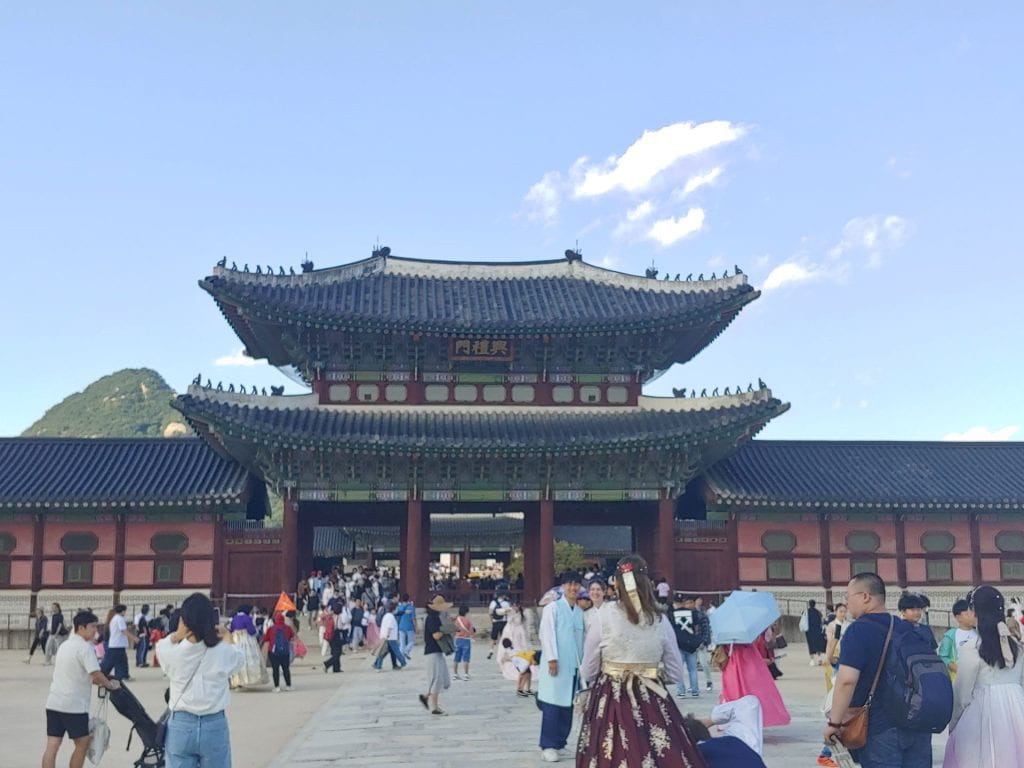
Gyeongbokgung Palace is a must-see for anyone visiting Seoul!! It’s a nice place to spend a few hours just walking around and enjoying everything. Since it is the main one that tourists and Koreans visit though, one of the other palaces might be better as they are not as crowded and are therefore quieter.
Our last day was far more relaxed as we chose to visit the Lotte Aquarium inside the Lotte Mall. As someone from the US who is used to aquariums being their own separate building, visiting one inside a mall was a bit of an odd experience for me. I wasn’t expecting it to be nearly as big as it was and was repeatedly surprised as we kept on seeing more and more. There was everything from small tanks with jellies to a massive tank that was two-ish stories tall. Which, given this aquarium was inside a mall, was extremely surprising. There was even a tank with a Beluga whale!! It still baffles me months later.
We went back to Gwangju the day after this, tired but happy for having such a fun trip together. It was nice to spend time away from campus and classes, enjoying the extended weekend exploring and having fun.

